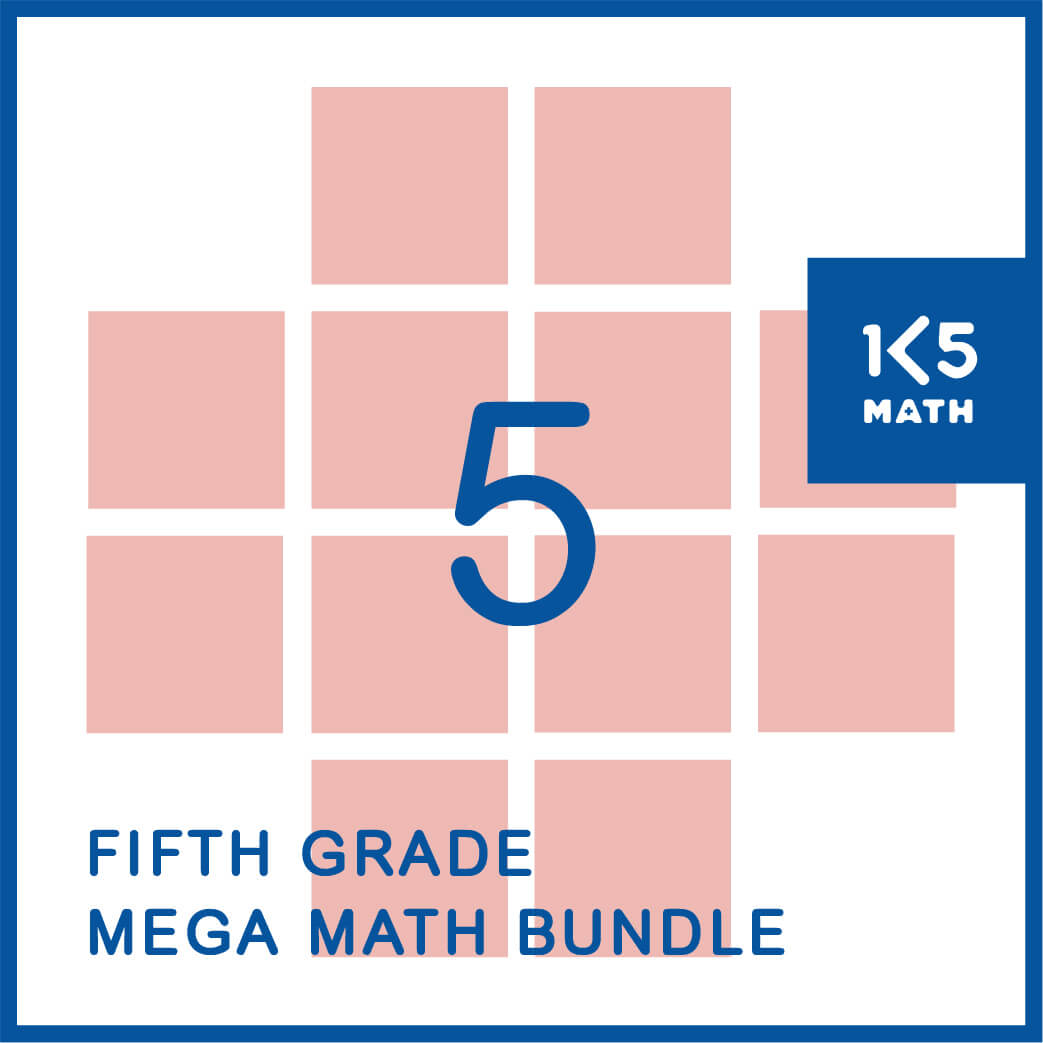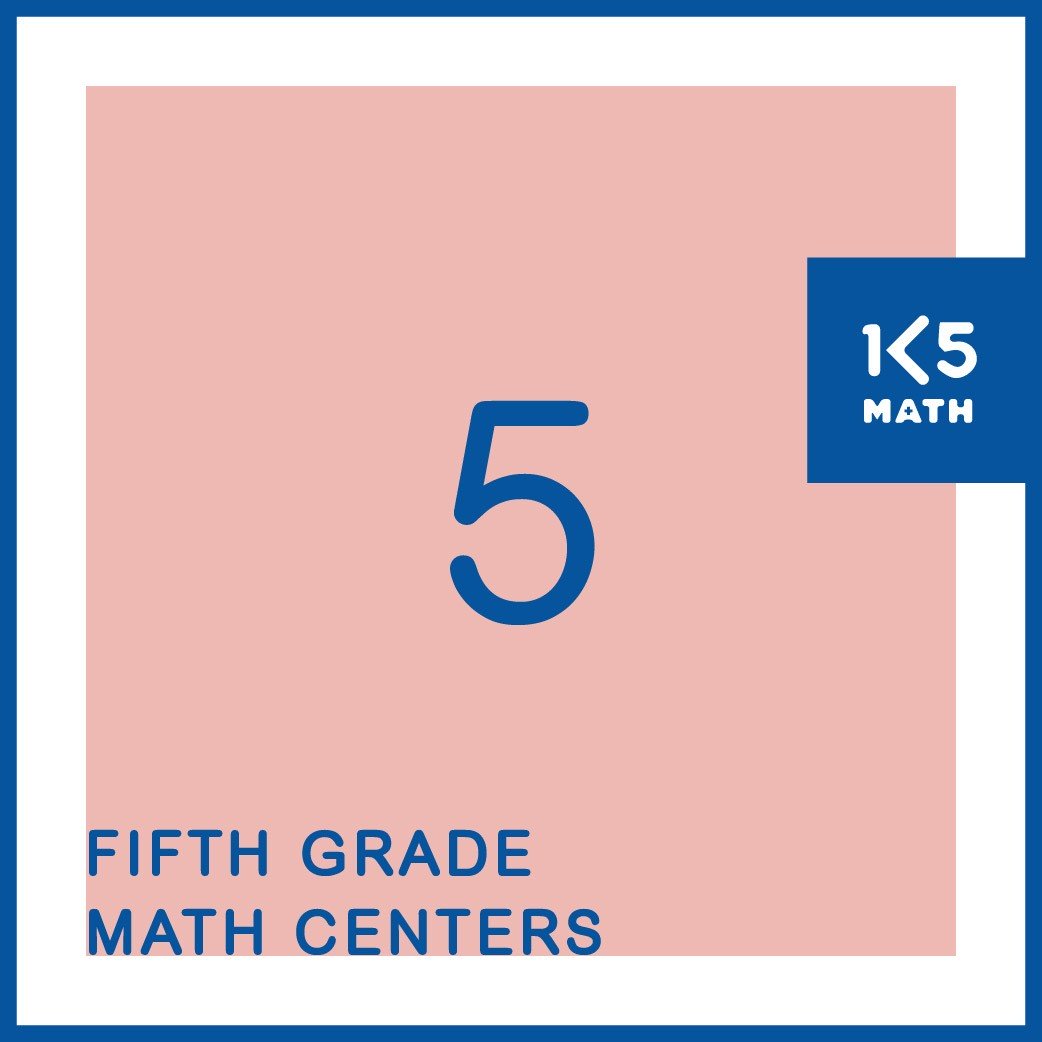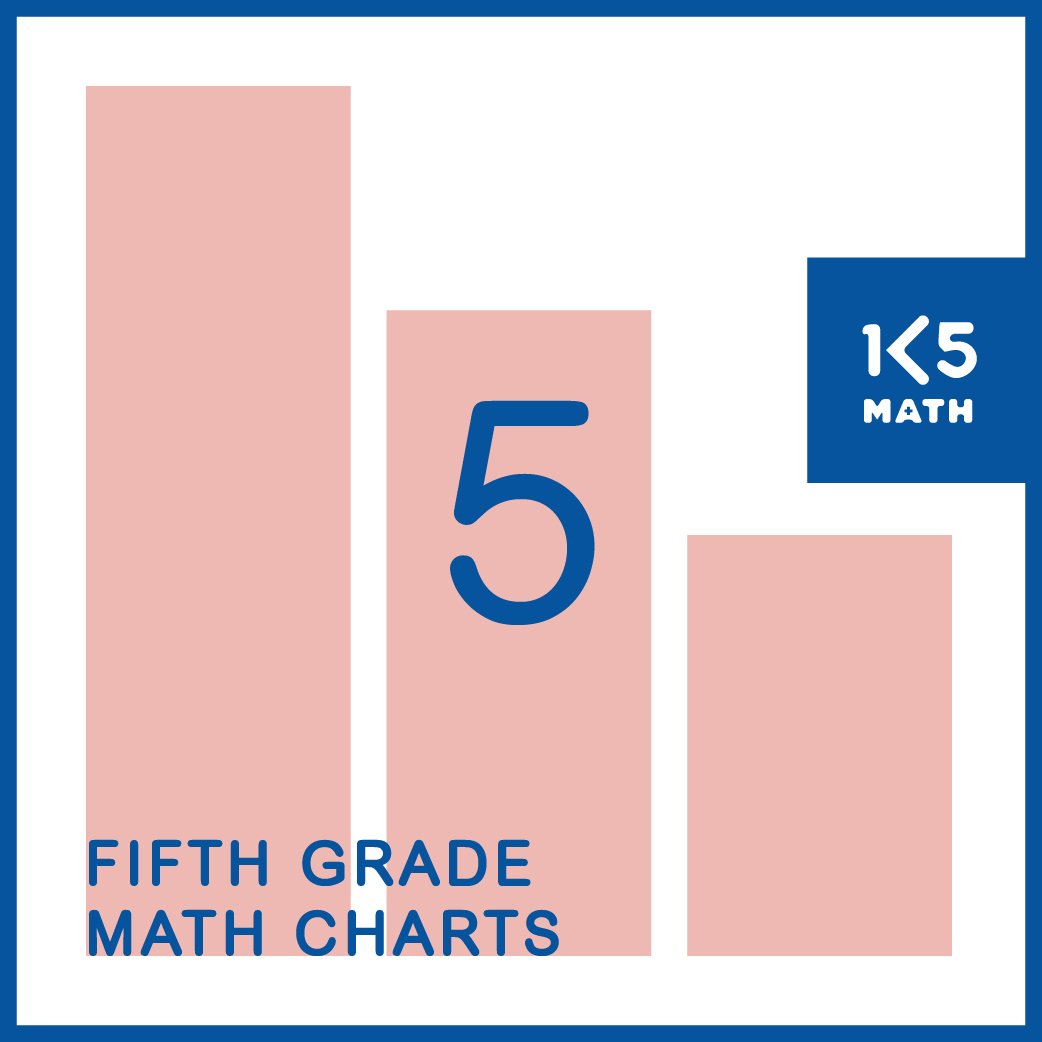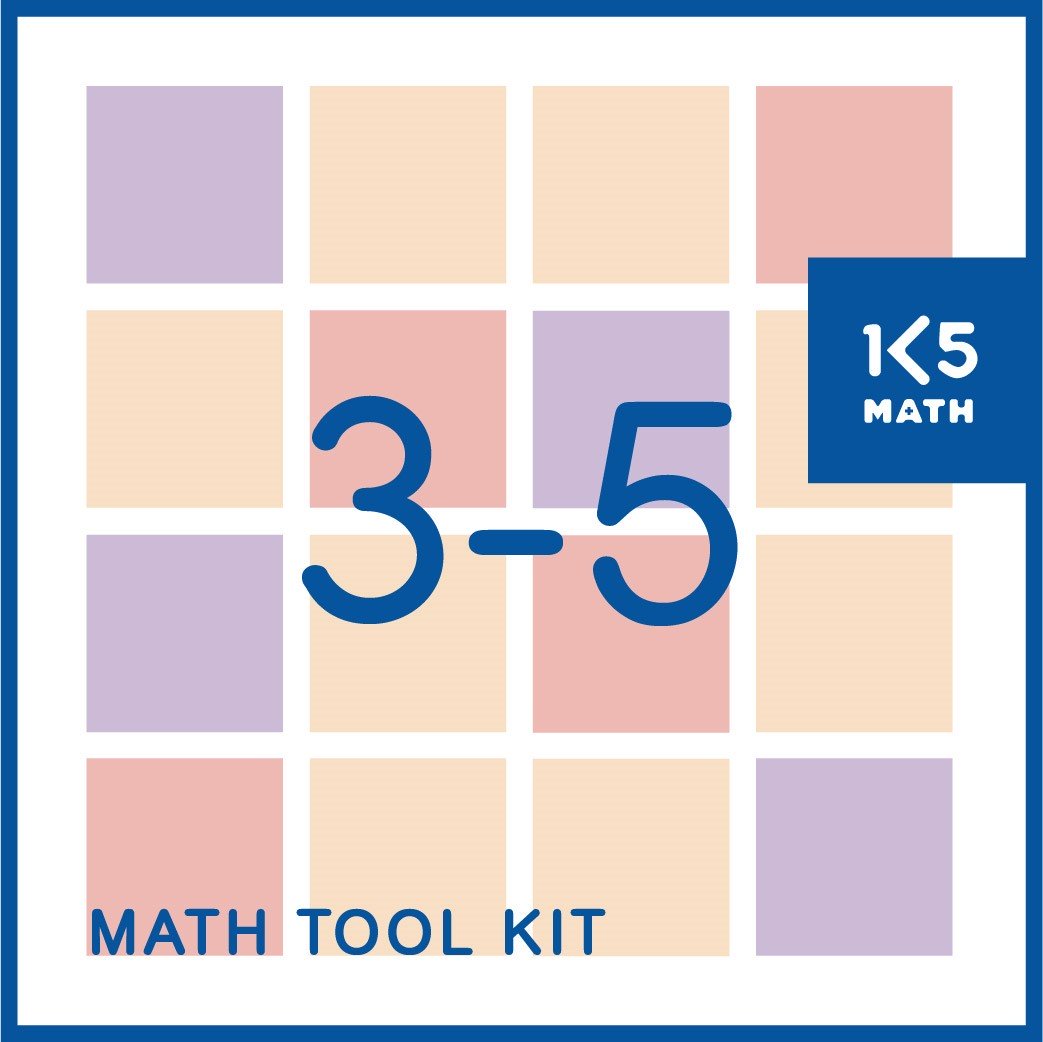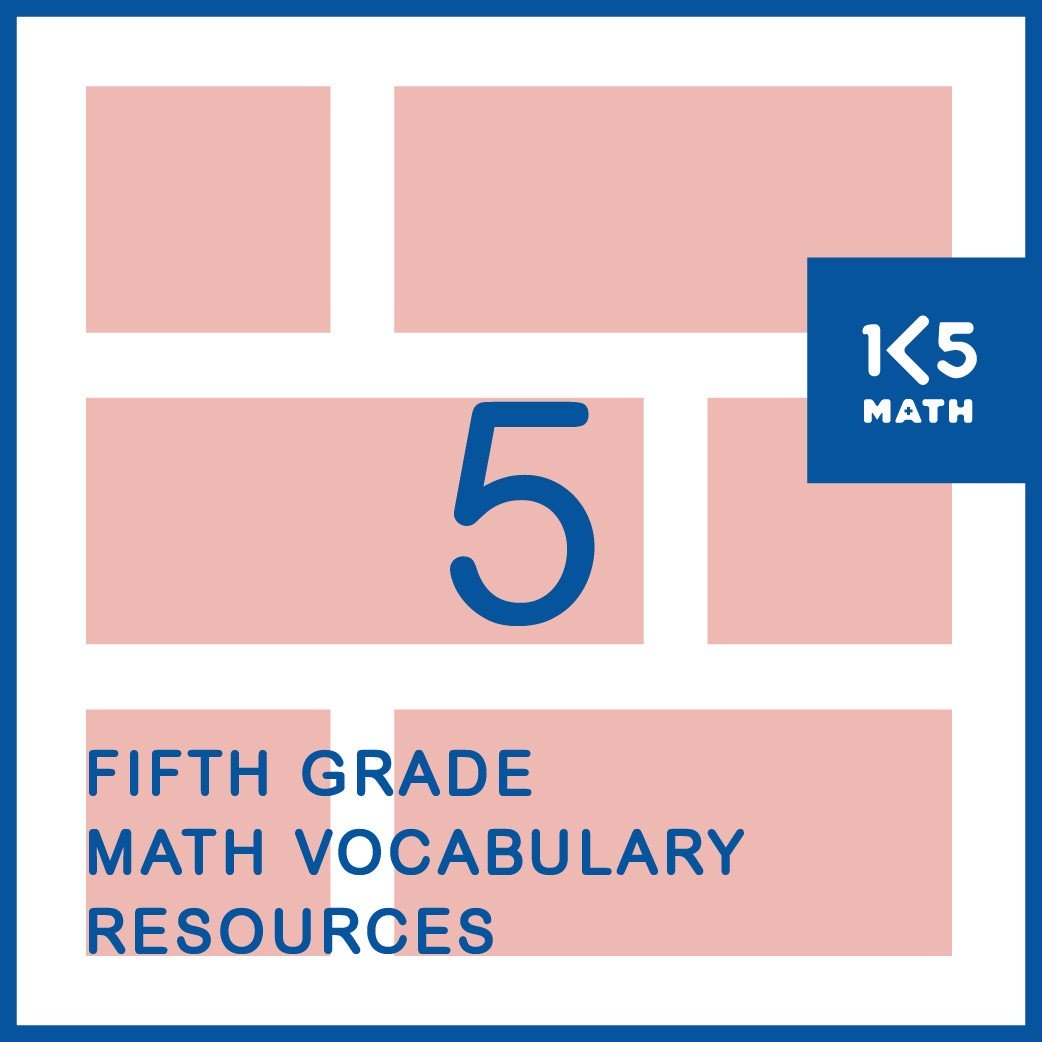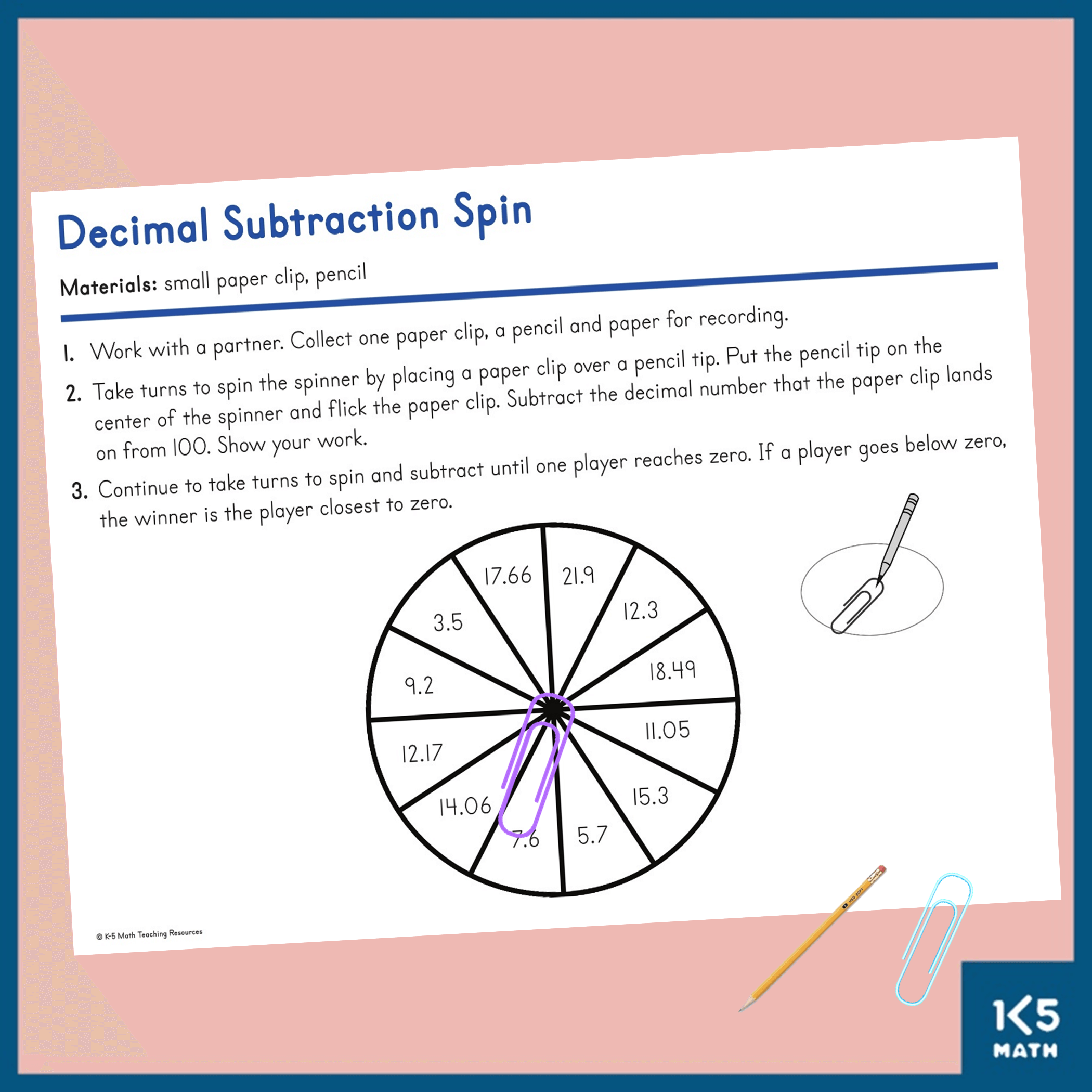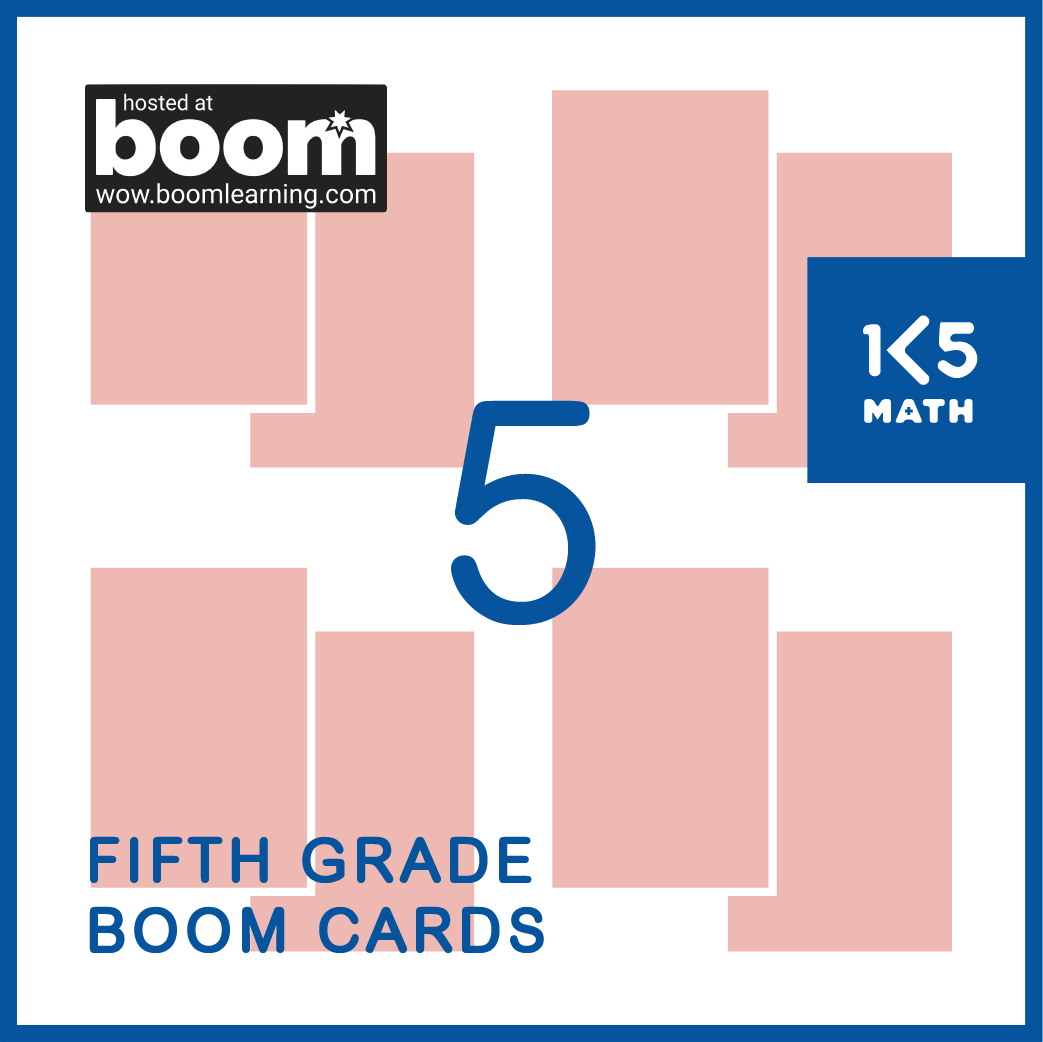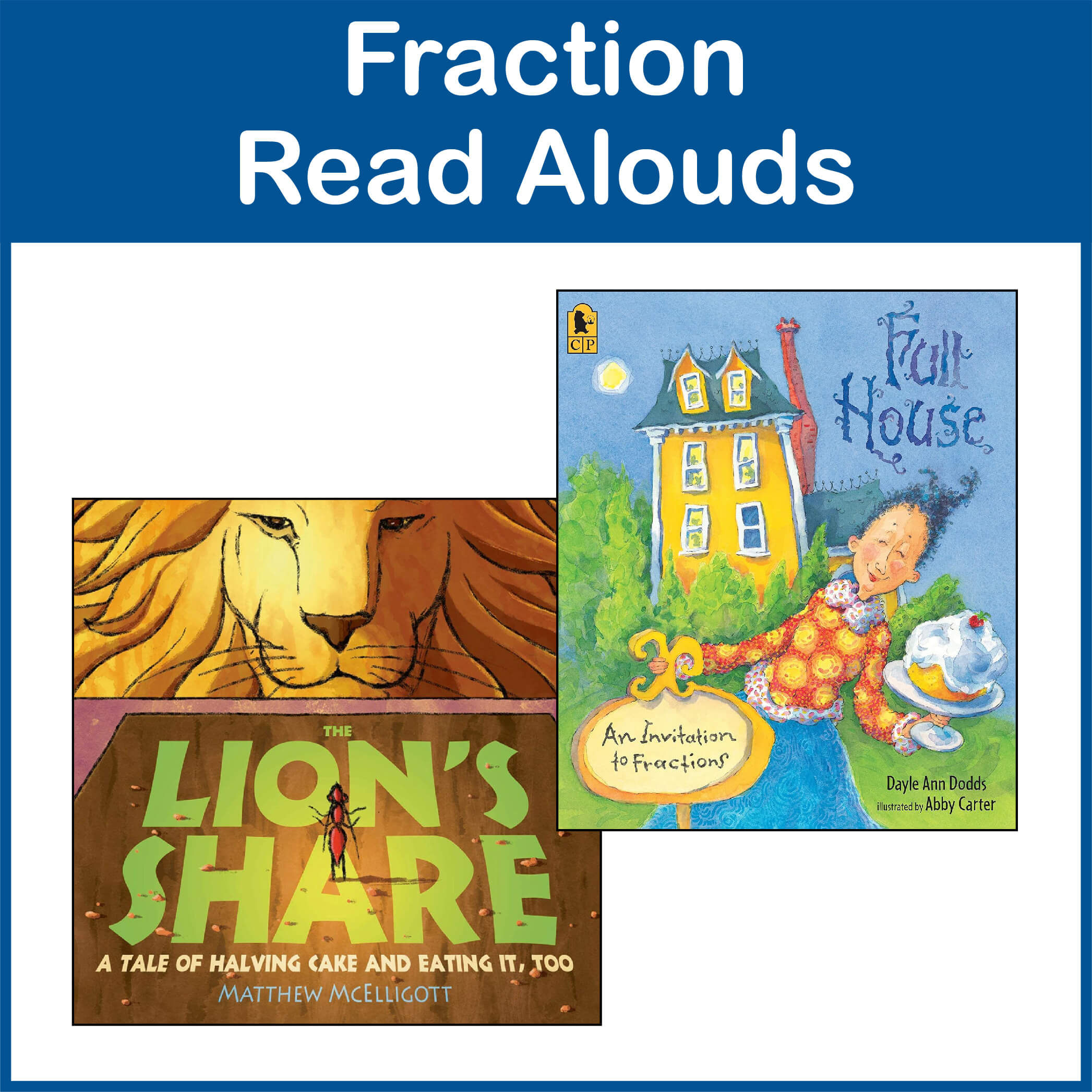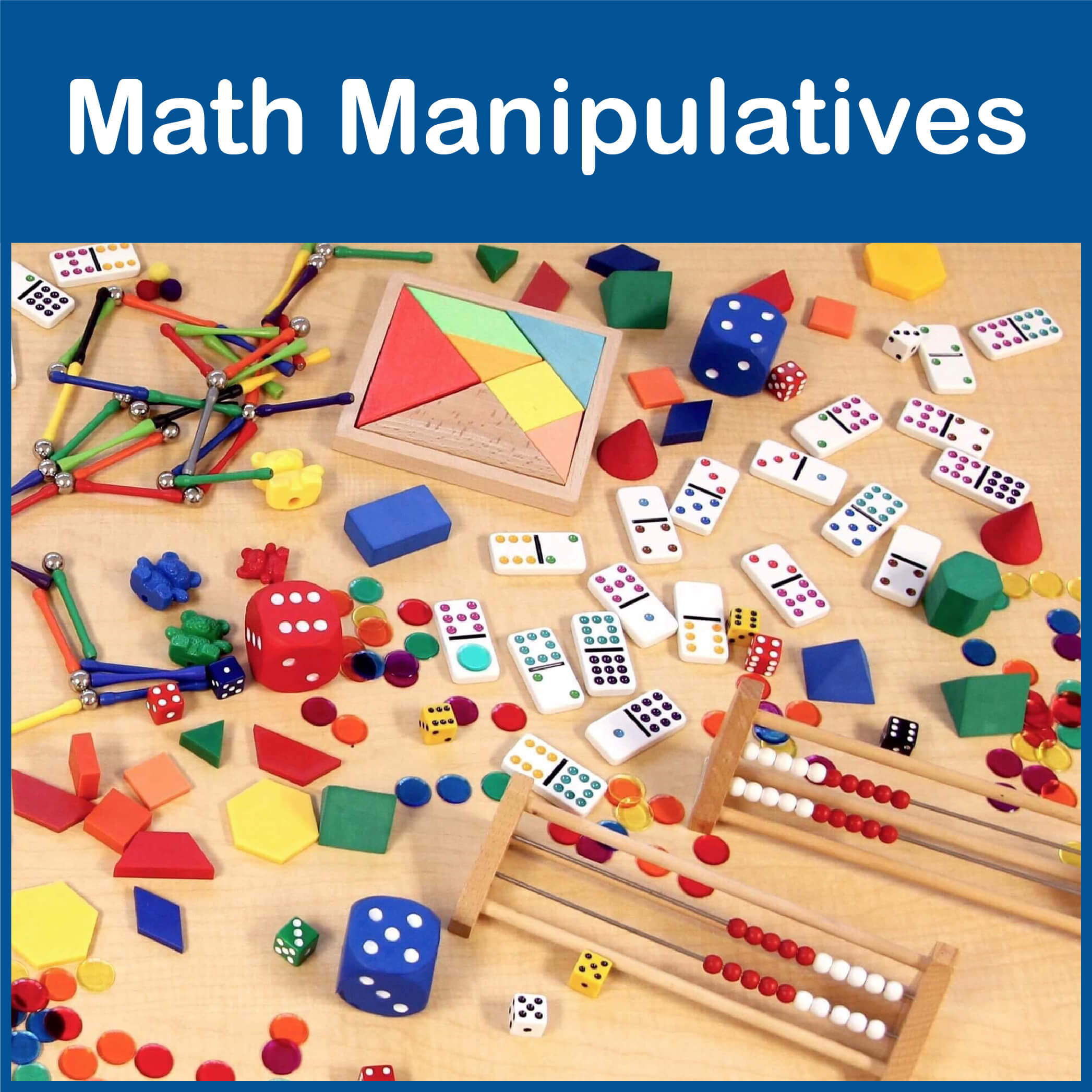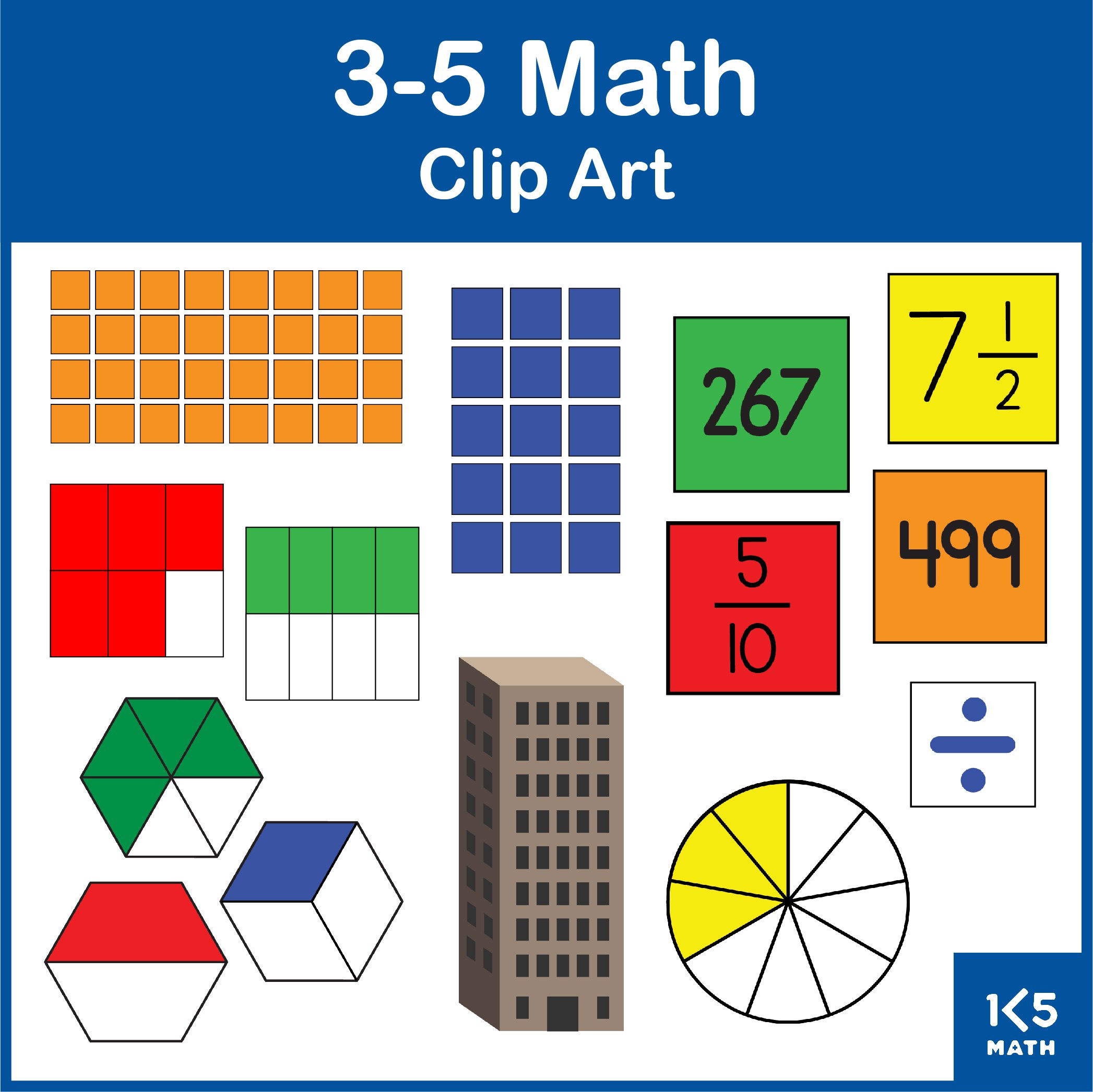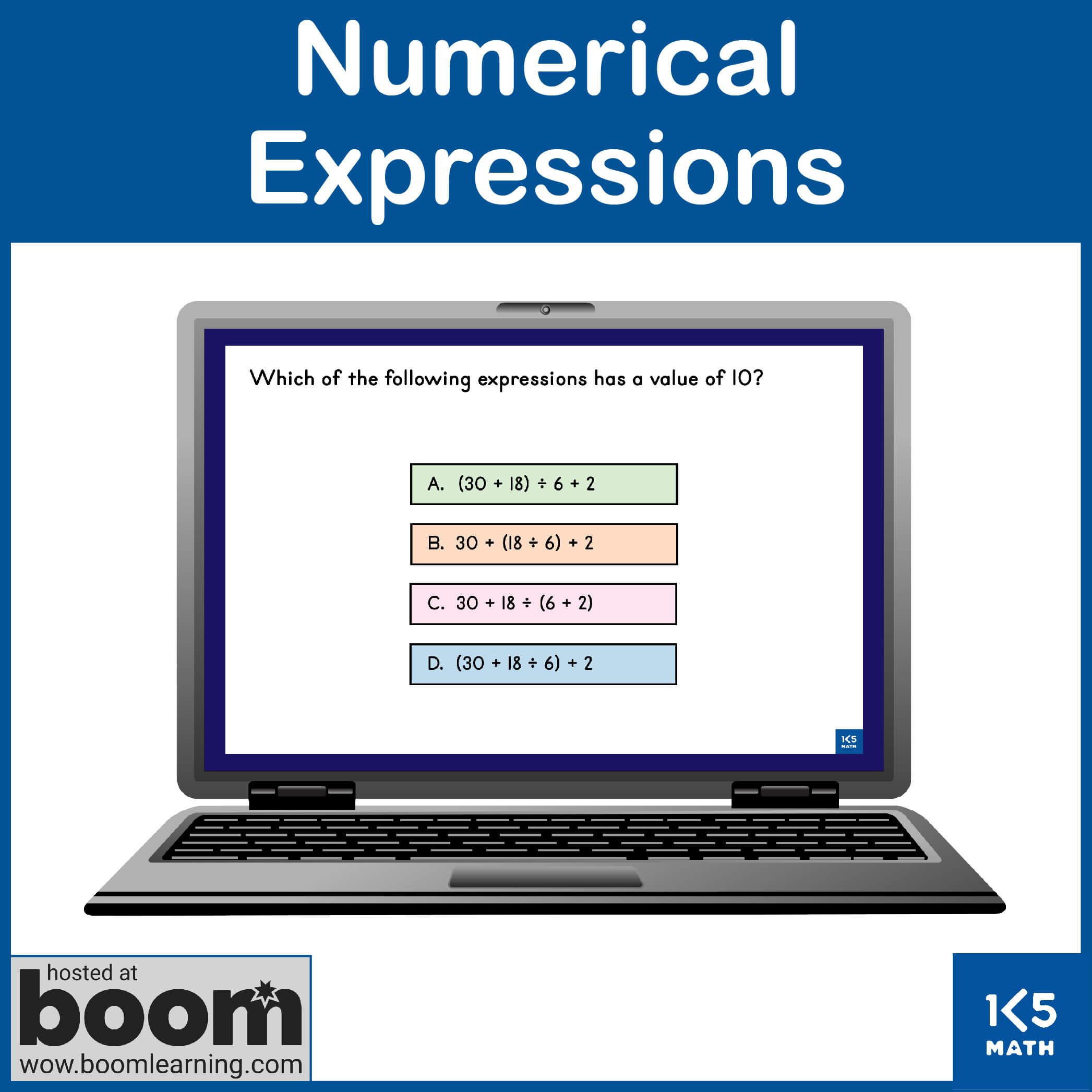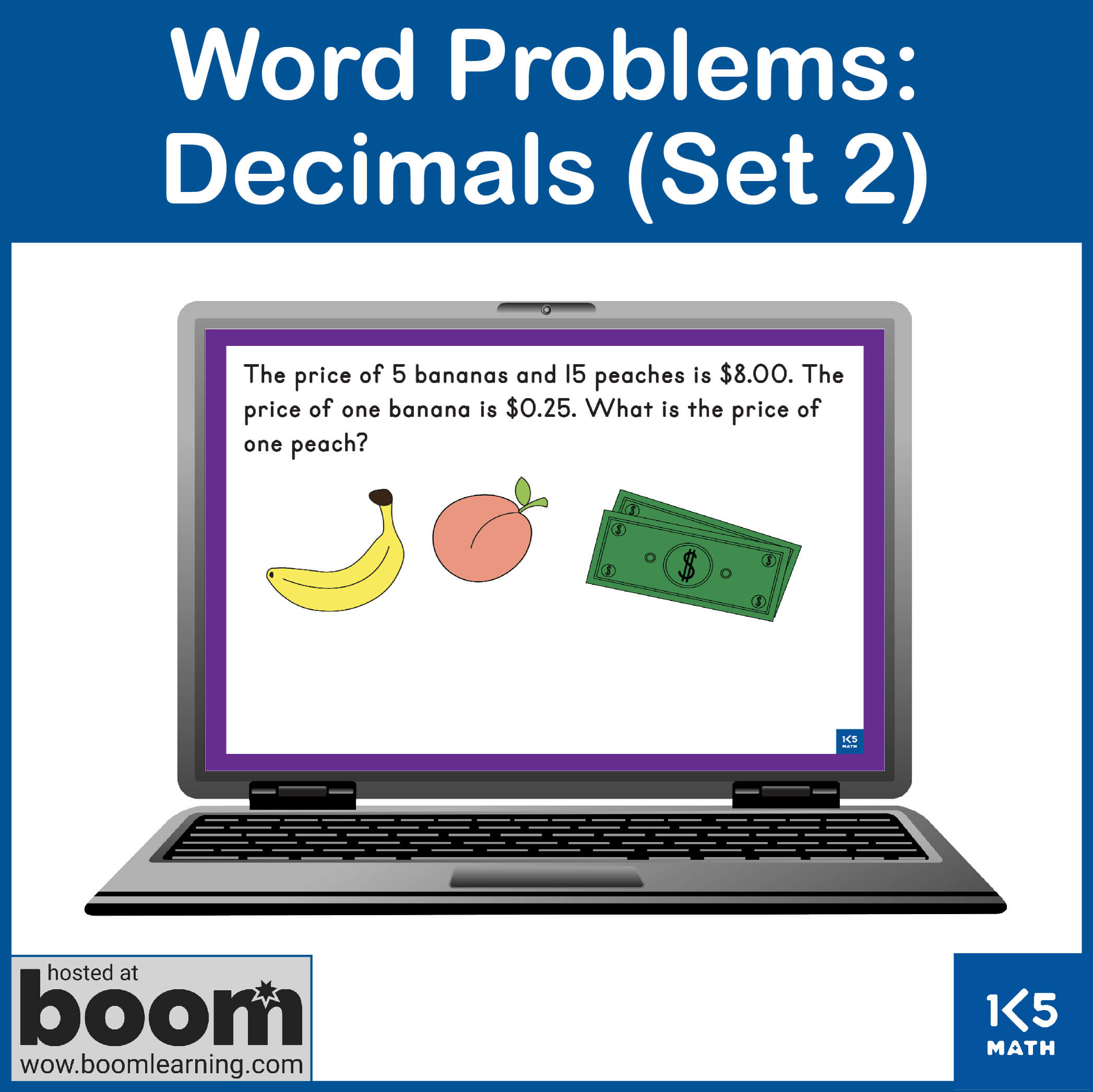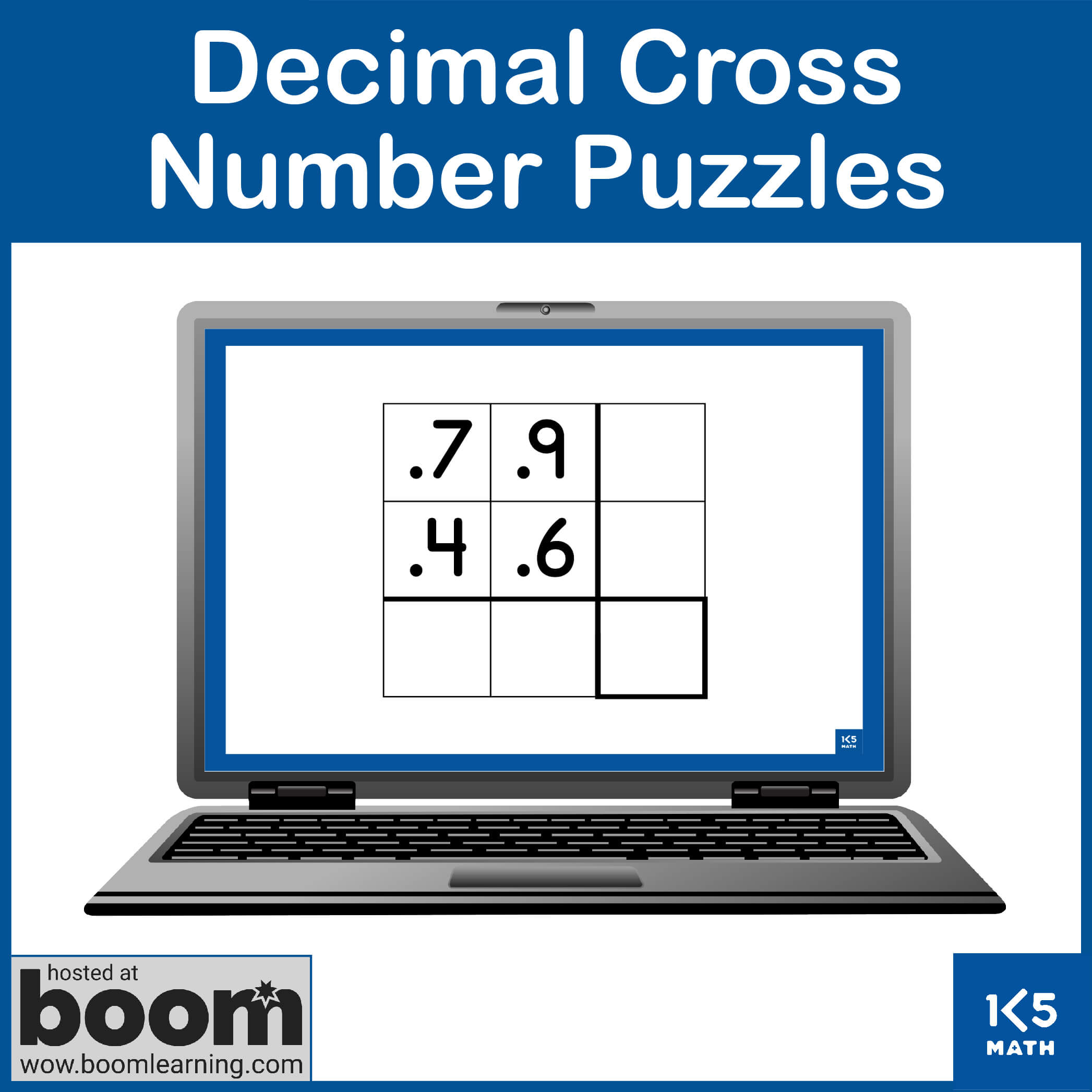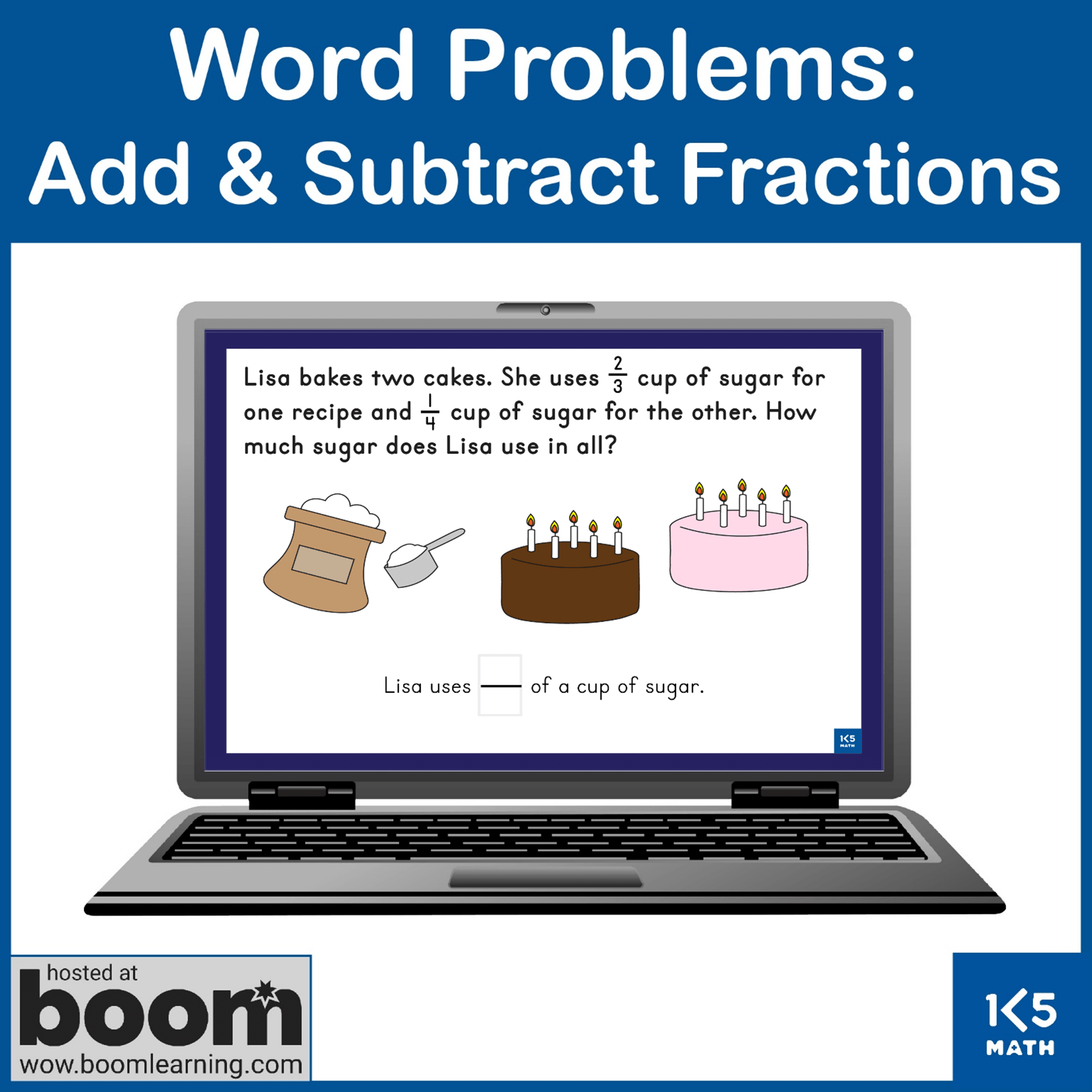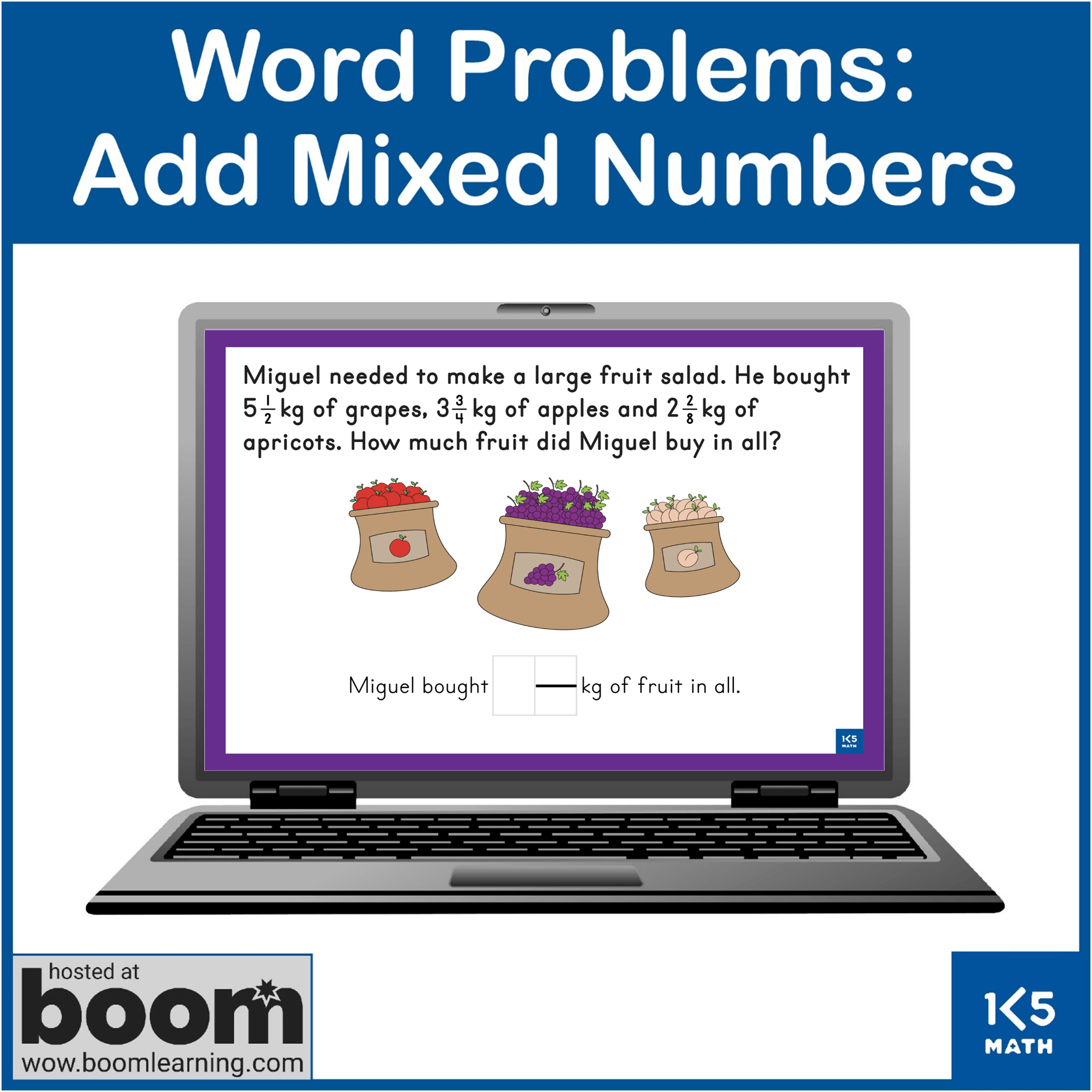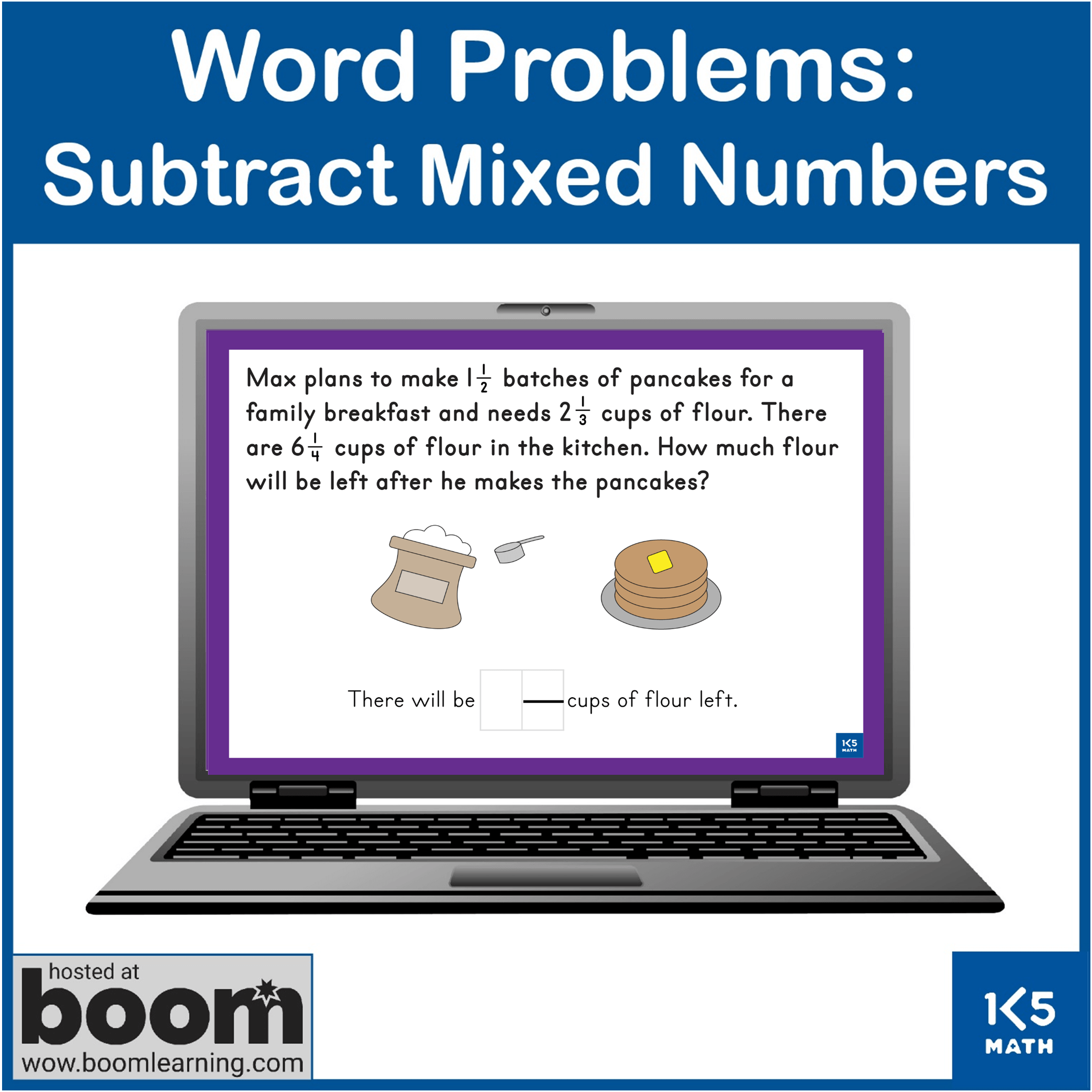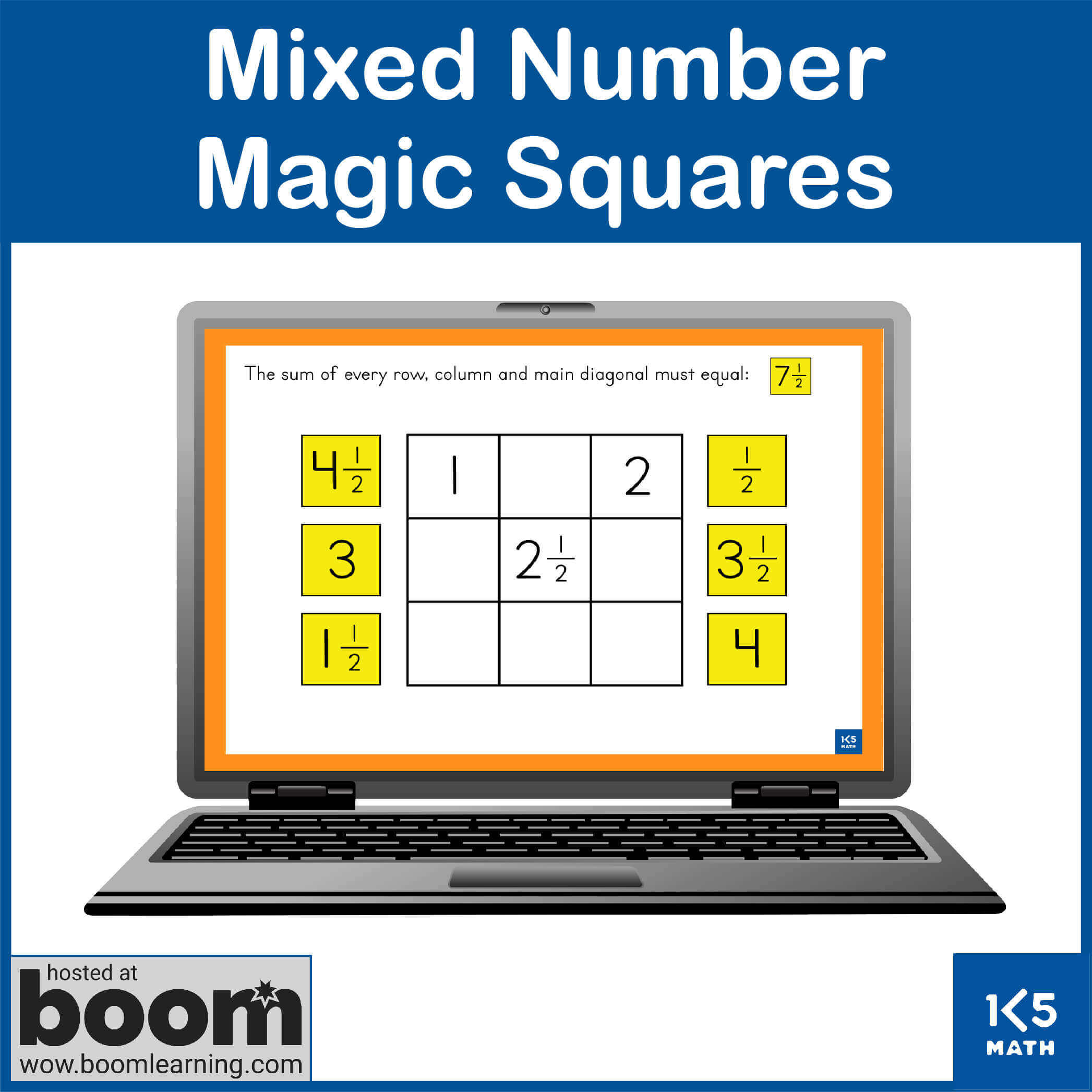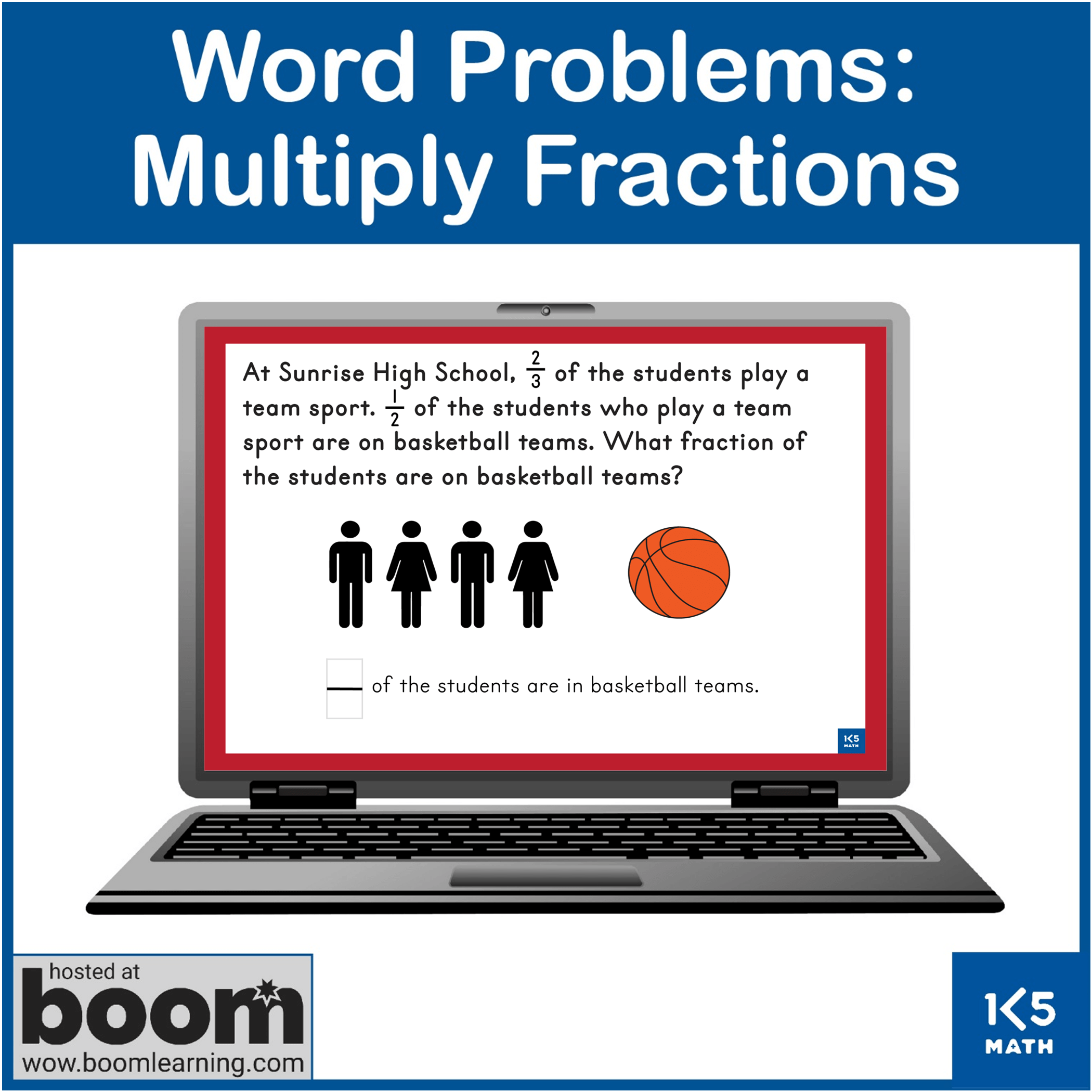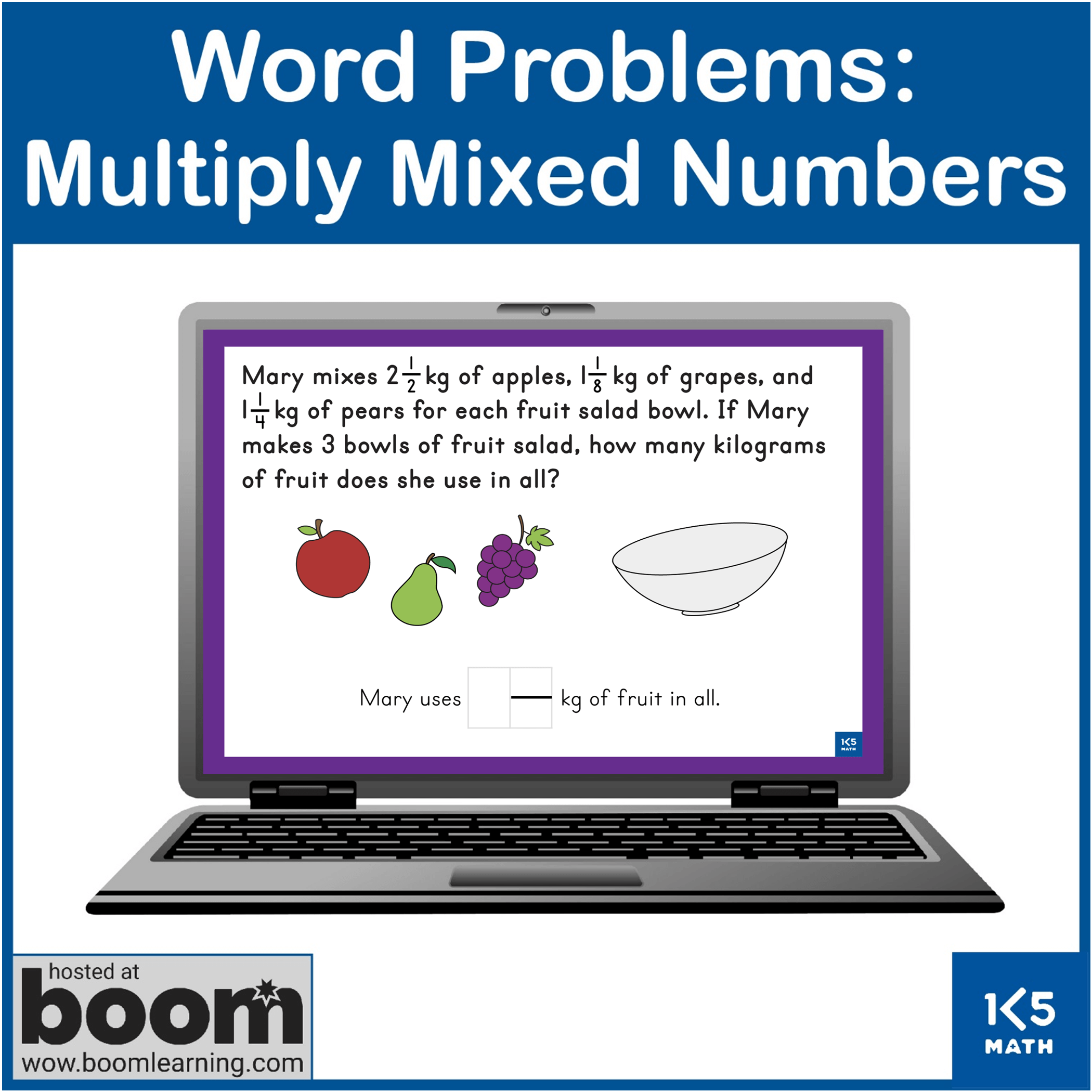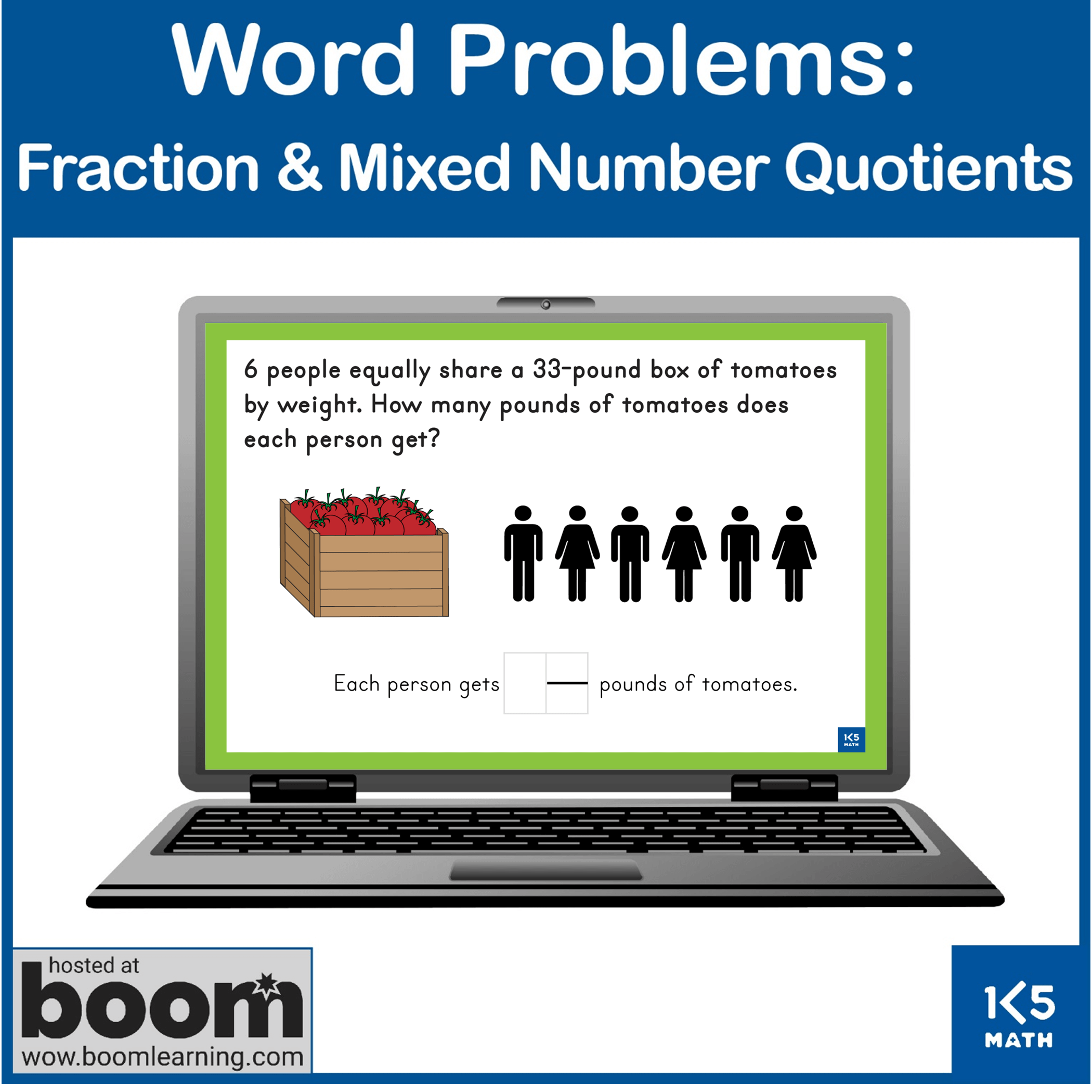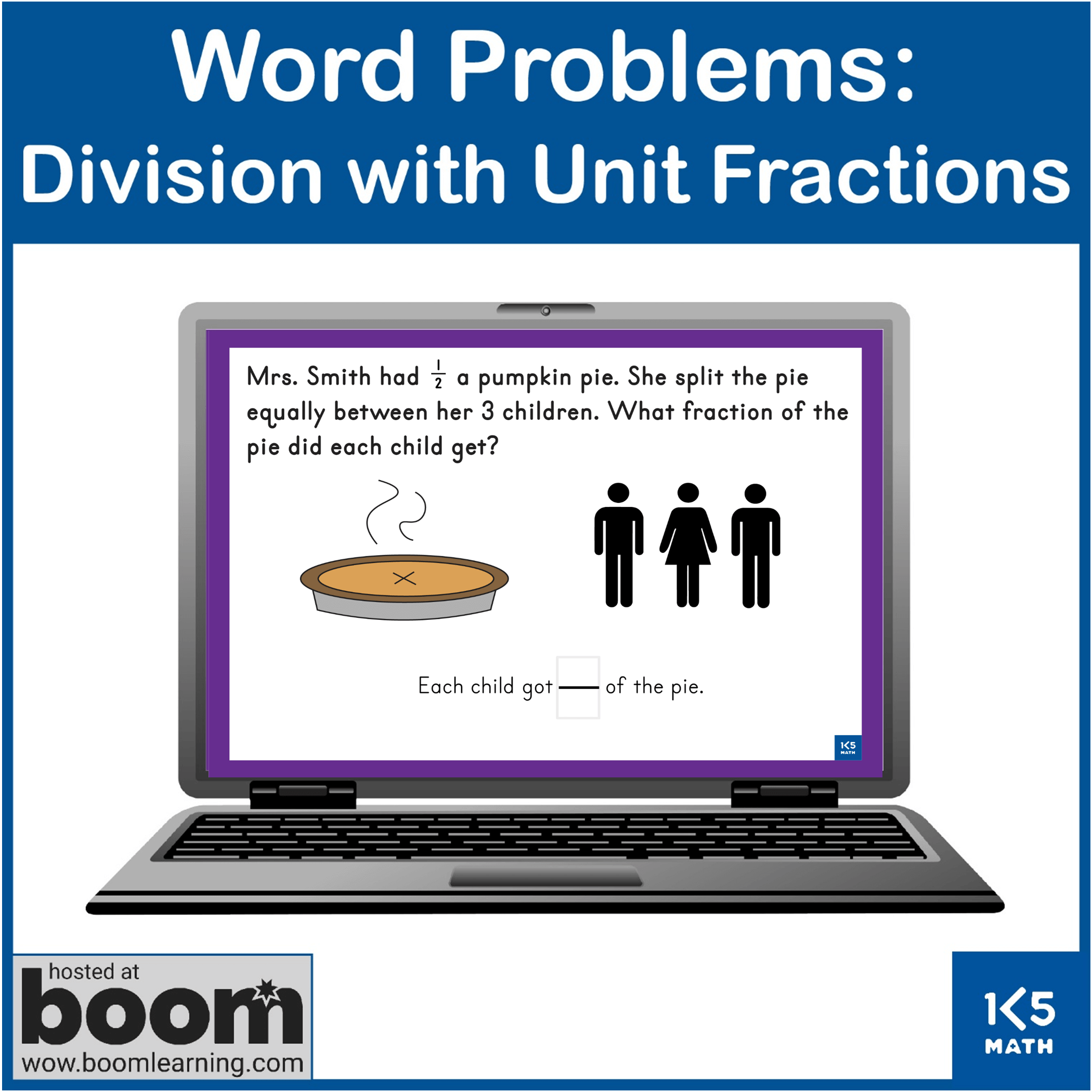5TH GRADE NUMBER
This page provides sample downloads from some of the resources in 5th Grade Mega Math Bundle aligned with the 5th Grade Number Common Core State Standards. Try some of the samples listed in blue below each standard or download the bundle and have instant access to hundreds of easy-prep, engaging resources to simplify your math lesson planning and make active engagement through hands-on math instruction an integral part of your fifth grade classroom.
OPERATIONS AND ALGEBRAIC THINKING
Write and interpret numerical expressions
5.OA.A.1 Use parentheses, brackets, or braces in numerical expressions, and evaluate expressions with these symbols.
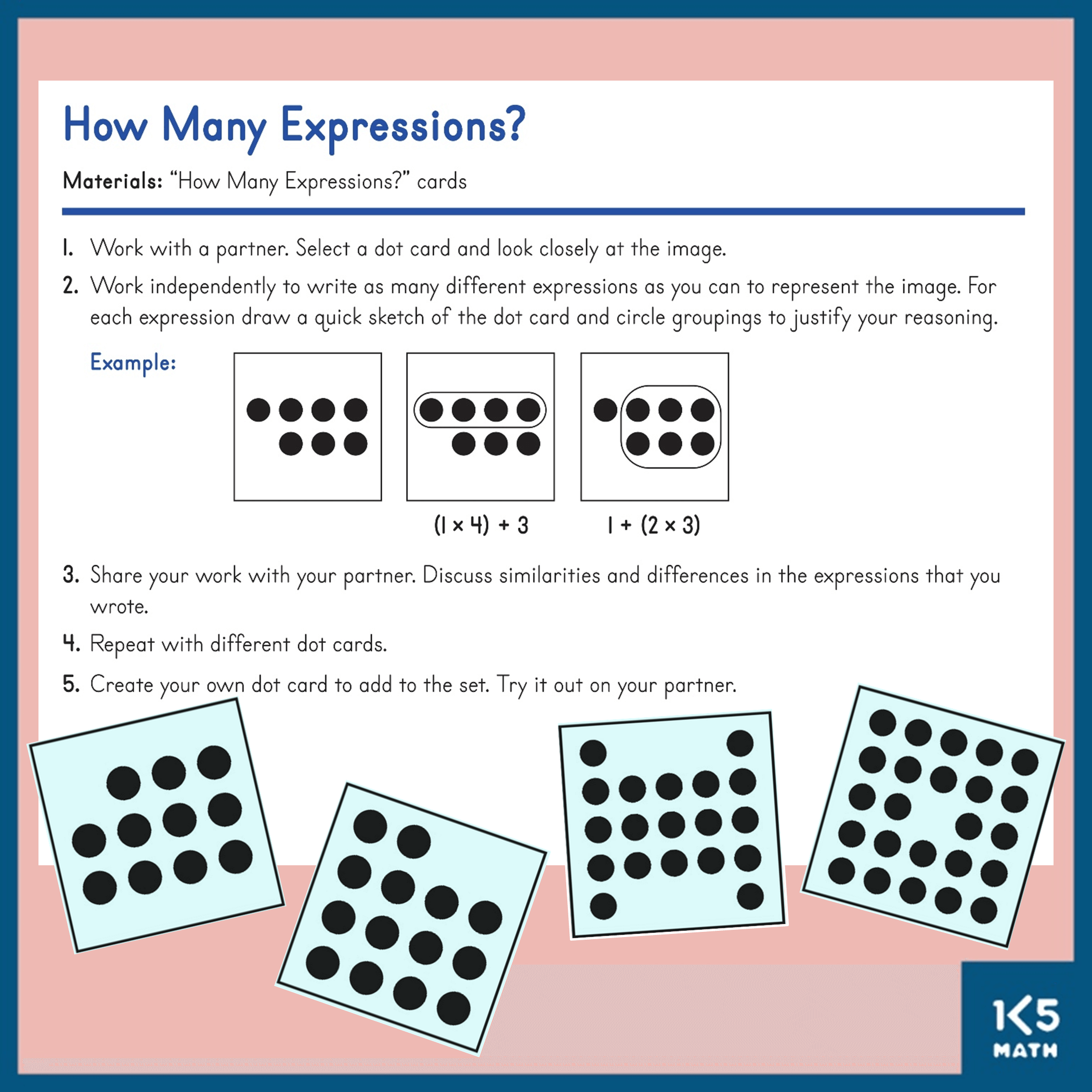
Analyze patterns and relationships
5.OA.A.2 Write simple expressions that record calculations with numbers, and interpret numerical expressions without evaluating them. For example, express the calculation “add 8 and 7, then multiply by 2” as 2 x (8+7). Recognize that 3 x (18932 + 921) is three times as large as 18932 + 921, without having to calculate the indicated sum or product.
5.OA.B.3 Generate two numerical patterns using two given rules. Identify apparent relationships between corresponding terms. Form ordered pairs consisting of corresponding terms from the two patterns, and graph the ordered pairs on a coordinate plane. For example, given the rule “Add 3” and the starting number 0, generate terms in the resulting sequences, and observe that the terms in one sequence are twice the corresponding terms in the other sequence. Explain informally why this is so.
NUMBER AND OPERATIONS IN BASE TEN
Understand the place value system
5.NBT.A.1 Recognize that in a multi-digit number, a digit in one place represents 10 times as much as it represents in the place to its right and 1/10 of what it represents in the place to its left.
5.NBT.A.2 Explain patterns in the number of zeros of the product when multiplying a number by powers of 10, and explain patterns in the placement of the decimal point when a decimal is multiplied or divided by a power of 10. Use whole-number exponents to denote powers of 10.
5.NBT.A.3 Read, write and compare decimals to thousandths.
a. read and write decimals to thousandths using base-ten numerals, number names, and expanded form, e.g. 347.392 = 3x100 + 4x10 + 7x1 + 3 x (1/10) + 9 x (1/100) + 2 x (1/1000)
b. Compare two decimals to thousandths based on meanings of the digits in each place, using>, =, and < symbols to record the results of comparisons.
5.NBT.A.4 Use place value understanding to round decimals to any place.
Perform operations with multi-digit whole numbers and with decimals to hundredths
5.NBT.B.5 Fluently multiply multi-digit whole numbers using the standard algorithm.
5.NBT.B.6 Find whole-number quotients of whole numbers with up to four-digit dividends and two-digit divisors, using strategies based on place value, the properties of operations, and/or the relationship between multiplication and division. Illustrate and explain the calculation by using equations, rectangular arrays, and/or area models.
5.NBT.B.7 Add, subtract, multiply, and divide decimals to hundredths, using concrete models or drawings and strategies based on place value, properties of operations, and/or the relationship between addition and subtraction, relate the strategy to a written method and explain the reasoning used.
NUMBER AND OPERATIONS: FRACTIONS
Use equivalent fractions as a strategy to add and subtract fractions
5.NF.A.1 Add and subtract fractions with unlike denominators (including mixed numbers) by replacing given fractions with equivalent fractions in such a way as to produce an equivalent sum or differences of fractions with like denominators.
5.NF.A.2 Solve word problems involving addition and subtraction of fractions referring to the same whole, including cases of unlike denominators, e.g., by using visual fraction models or equations to represent the problem. Use benchmark fractions and number sense of fractions to estimate mentally and assess the reasonableness of answers. For example, recognize an incorrect result 2/5 + ½ = 3/7 by observing that 3/7 < ½.
Apply and extend previous understandings of multiplication and division to multiply and divide fractions
5.NF.B.3 Interpret a fraction as division of the numerator by the denominator (a/b = a ÷ b). Solve word problems involving division of whole numbers leading to answers in the form of fractions or mixed numbers, e.g. by using visual fraction models or equations to represent the problem.
5.NF.B.4 Apply and extend previous understandings of multiplication to multiply a fraction or whole number by a fraction.
a. Interpret the product (a/b) x q as a parts of a partition of q into b equal parts; equivalently, as the result of a sequence of operations a x q÷b. For example, use a visual fraction model to show (2/3) x 4 = 8/3, and create a story context for this equation. Do the same with (2/3) x (4/5) = 8/15. (In general, (a/b) x (c/d) = ac/bd)
b. Find the area of a rectangle with fractional side lengths by tiling it with unit squares of the appropriate unit fraction side lengths and show that the area is the same as would be found by multiplying the side lengths. Multiply fractional side lengths to find areas of rectangles, and represent fraction products as rectangular areas.
5.NF.B.5 Interpret multiplication as scaling (resizing) by:
a. Comparing the size of a product to the size of one factor on the basis of the size of the other factor, without performing the indicated multiplication.
b. Explaining why multiplying a given number by a fraction greater than 1 results in a product greater than the given number; explaining why multiplying a given number by a fraction less than 1 results in a product smaller than the given number, and relating the principle of fraction equivalence a/b= nxa)/(nxb) to the effect of multiplying a/b x 1.
5.NF.B.6 Solve real world problems involving multiplication of fractions and mixed numbers, e.g. by using visual fraction models or equations to represent the problem.
5.NF.B.7 Apply and extend previous understandings of division to divide unit fractions by whole numbers and whole numbers by unit fractions.
a. Interpret division of a unit fraction by a non-zero whole number and compute such quotients. For example, create a story context for (1/3)÷4, and use a visual fraction model to show the quotient. Use the relationship between multiplication and division to explain that (1/3)÷4 = 1/12 because (1/12) x 4 = 1/3.
b. Interpret division of a whole number by a unit fraction, and compute such quotients. For example, create a story context for 4÷(1/5), and use a visual fraction model to show the quotient. Use the relationship between multiplication and division to explain that 4 ÷ (1/5) =20 because 20 x (1/5 )=4.
c. Solve real world problems involving division of unit fractions by non-zero whole numbers and division of whole numbers by unit fractions, e.g. by using visual fraction models and equations to represent the problem. For example, how much chocolate will each person get if 3 people share 1/2lb of chocolate equally? How many 1/3-cup servings are in 2 cups of raisins?
